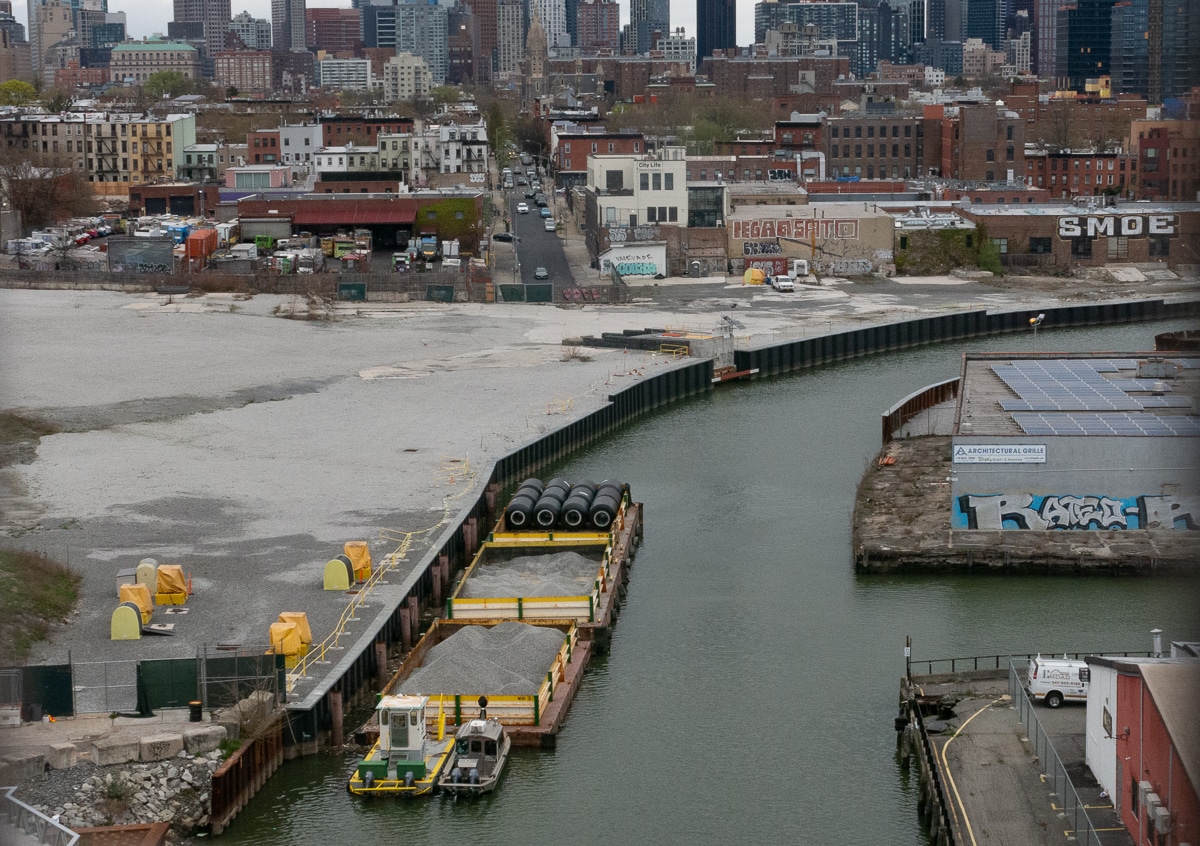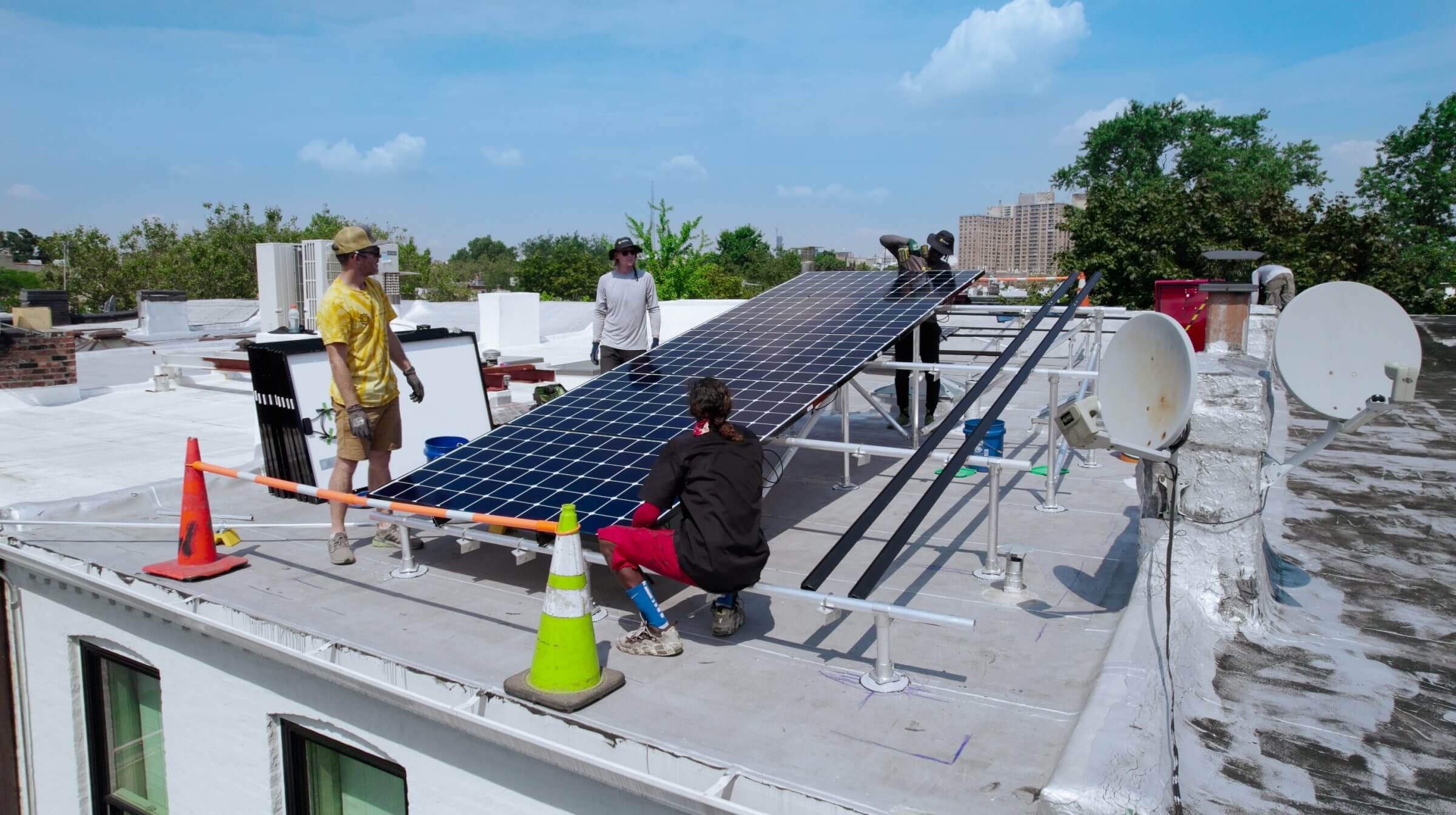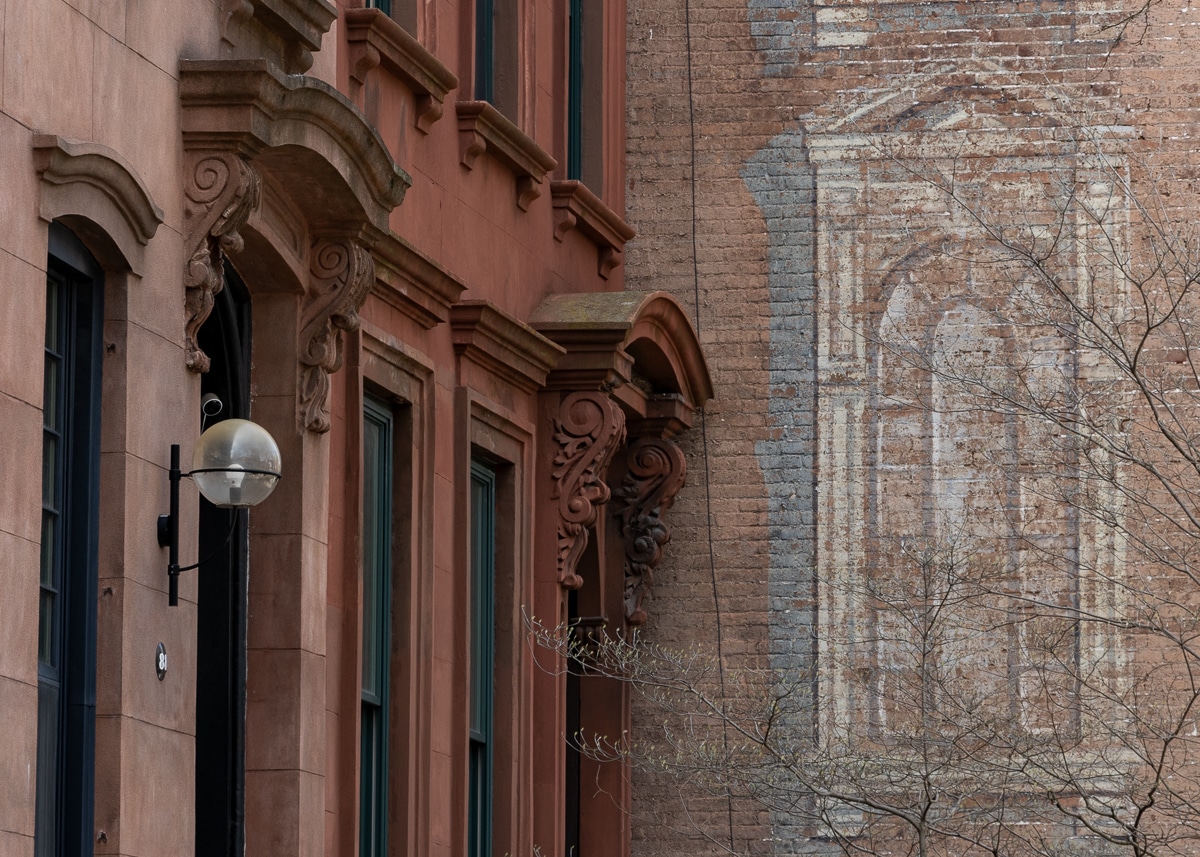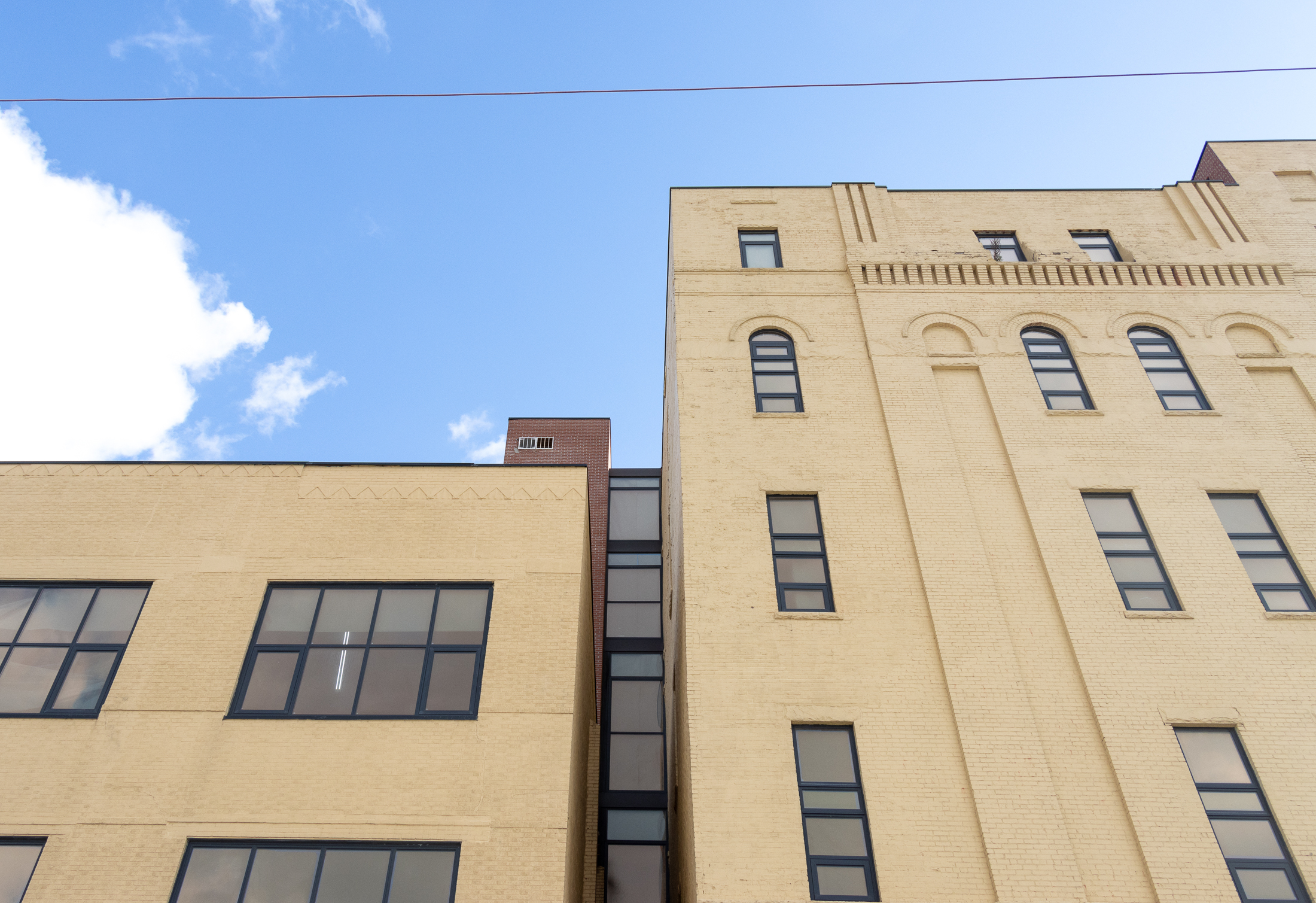Walkabout: Brooklyn’s Small Parks: Saratoga Park
For a city the size of Brooklyn, the problem was always the lack of parks in many neighborhoods. We have some incredible parks, the best known and the largest, of course, is Prospect Park, but in many neighborhoods, green space is a commodity that was just never found. In the late 19th century, as the…

For a city the size of Brooklyn, the problem was always the lack of parks in many neighborhoods. We have some incredible parks, the best known and the largest, of course, is Prospect Park, but in many neighborhoods, green space is a commodity that was just never found. In the late 19th century, as the concept of the worth of parks to the entire society was becoming more accepted, everyone wanted a park in their neighborhood, or their ward. But that is easier said than done. Parkland has to be owned by the city already, bought, or donated, and there weren’t too many people donating land to the city. The city didn’t own all that much suitable land, or they weren’t getting off what they had for a park, so that left buying it, and what is true now was true over a hundred years ago: land is expensive.
Today’s featured small park is Saratoga Park, located in what was once called the “Eastern District”, the 25th Ward, on the eastern border of Bedford Stuyvesant, on into parts of Bushwick.
Today, this part of town finds itself undergoing a renaissance of “rediscovery”, after a long journey in the wilderness of the city’s unfortunate pattern of 20th century urban destruction and neglect. I really like this part of Brooklyn, as it is, in many ways, especially in the Bed Stuy part, pretty much intact, looking just as it did one hundred years ago, with streets of fine middle-class row houses, with flats buildings on the avenues, beautiful churches, and attractive commercial streets.
One hundred and thirty years or so ago, this area had a lot of money invested in it, and more than a few really wealthy families who owned quite a bit of the land, and had built large houses on large lots. These men were the manufacturers, merchants, lawyers, architects, and doctors who were influential enough to see change happen in the 25th Ward, and they lobbied the city for paved streets, streetlights, police and fire services, and public transportation. They also founded banks, social clubs, and endowed churches. Many of the merchants had stores on nearby Broadway, and the other professionals also had local offices for their own businesses. The 25th Ward was a thriving and prosperous little town.
The population was mixed, with old Bushwick Dutch families, new German immigrants, many of whom were the most successful people in the bunch, and a mixture of Irish, German Jewish, and other European stock. Anyone who could invested pretty heavily in real estate, even if that was not their main profession. The lots in the Eastern District were valuable, and were filling as fast as builders could build, and the homes and apartments were selling briskly. Most of the old estates were broken up into brownstone lots, as well. So, it comes as no surprise that by the 1890s, the people of the 25th Ward wanted a city park. And a familiar name would be heard – “Brower.”
No, not Parks Commissioner George V. Brower, whom we met in the Crown Heights Park which now bears his name. This time, it was another Brower: James C. Brower. I checked some genealogical references, and there were quite a few Browers in Brooklyn. If George and James were related, they were distant enough cousins that their names were never connected in any of the research I did. Brower is one of New Amsterdam’s older family names, beginning with Pieter Brouwer, a soldier who came here from Holland in 1642. Parts of the family eventually became “Brower,” and some became “Brewer.” A Brower even married into the Bedford branch of the Lefferts family in the 18th century. The families of both names spread out across the Atlantic states, and upstate. Genealogy can be really fascinating. But I digress.
James C. Brower and his wife Emeline, and adopted son, also named James C. Brower, lived in the 25th Ward, at 10 Ralph Avenue. James Brower was not a native New Yorker, but came from upstate Duchess County. He was born in 1834. The family moved to Brooklyn in 1861, and James Brower went into the hardware business. He did really well, with a business on Broadway, in the Eastern District. Like many Brooklynites with some ready money, he went into real estate, and also did really well there, well enough that his obituary would later note that he “had made a fortune.”
Interest in Brooklyn’s own fortunes would lead Mr. Brower to become one of the organizers of the New York and Brooklyn Bridge Association, which received the charter to build the Brooklyn Bridge. He was also one of the founders of the People’s Bank, and later in life, one of the founders, and first president of the German American Bank, on Broadway and Melrose Street. He was also a Mason, and a vestryman in his Episcopal church.
One of the properties owned by the Browers was a large piece of land faced by Halsey and Macon Streets, Saratoga and Howard Avenues. Undeveloped, the Browers had let the land serve as an unofficial home for traveling circuses and a field for games. The land was known as Saratoga Square. When the city of Brooklyn was looking around for land to acquire for a park in the 25th Ward, this was one of the choices they had. In fact, according to the Parks Department Annual Report, in 1895, it was the only choice they had, being the only available piece of land in the district.
James Brower sold the land to the city for $121,975.00, a paltry sum even then for that amount of land. His motives must have been more altruistic than commercial, and the 25th Ward is certainly better for it. The city purchased Saratoga Square in 1896, and began the process of grading the land, cutting and paving paths through the park, and planting trees, grass, flowers and shrubs. The grounds were surrounded by an iron fence. In 1903, a brick and wood framed shelter was built in the center of the park.
James Brower died in 1899 of heart disease. He was 67. By this time, the family had moved to 808 Quincy Street, and his funeral was held at his home. He was nowhere as famous as George V. Brower, and no one named a park or school after him, but he greatly contributed to the existence of this beautiful park. Only three years earlier, the Parks Department said this of the park in their annual report: “Saratoga Square was also fenced in and laid out with great care. It has become an attractive pleasure spot for the people, and has been greatly enjoyed.”
The center of the park holds a statue erected after World War I, commemorating the neighborhood people who died in the war. The sculptor, J. S. Novelli, designed a bronze statue depicting Columbia, the symbol of liberty, holding a shield and a frond of victory. The statue, including two plaques, with the names of the 53 neighborhood soldiers who lost their lives in World War I, was dedicated in 1921. It’s an embarrassing testament to the state of the park that in 1974 the plaques were stolen, and have never been recovered.
In 1936, a playground was built in the park, which was updated by Mayor Giuliani in 2000. He provided for new playground equipment, a spray shower, new pavement, fencing, swings and other equipment, to the tune of $205,000. With this new playground, as well as improved safety, the park is once again a popular destination. Unlike Tompkins Park (Von King Park, now), Saratoga Park is a wealth of old growth trees that make this one of Brooklyn’s prettiest little parks.
It’s only a block square, 3.2 acres, unlike Tompkins/Von King, which is twice the size at over 7 acres. While Tompkins Park was originally laid out as a formal garden, then as a venue for concerts and marching band performances, Saratoga has not lost its original paths, and the trees here are lush and old, with trees on the curb just as old and majestic. I haven’t been there since last year, when I passed the park on the bus, on my way to an appointment. I owe myself a return, and a leisurely stroll in this great urban space. GMAP
(Above photo: Bedstuyblog.com)





Related Stories
Walkabout: Brooklyn’s Small Parks: St John’s Park
Walkabout: Brooklyn’s Small Parks: Tompkins Park, Pt 1
Walkabout: Brooklyn’s Small Parks: Tompkins Park, Pt 2
Walkabout: Brooklyn’s Small Parks: Brower Park, Pt 1
Walkabout: Brooklyn’s Small Parks: Brower Park, Pt 2









What's Your Take? Leave a Comment